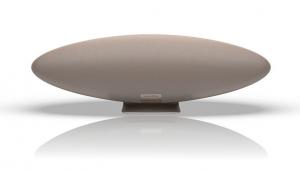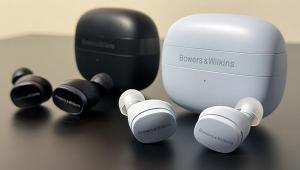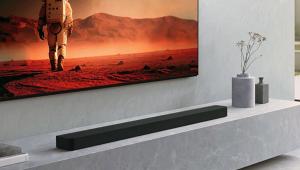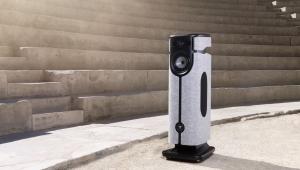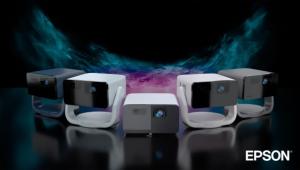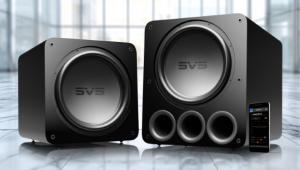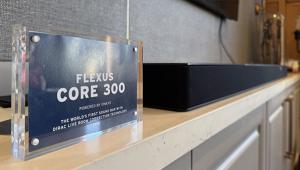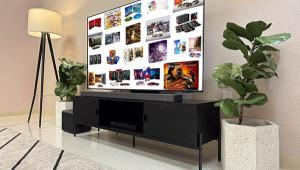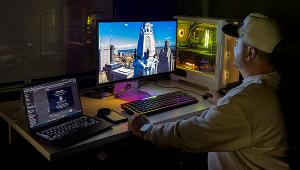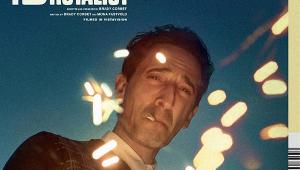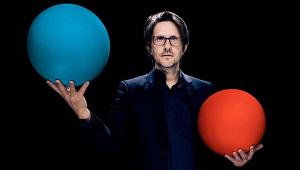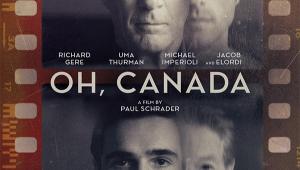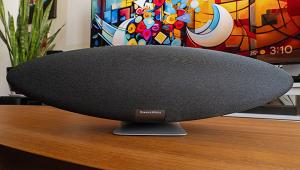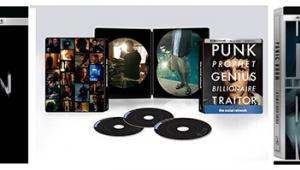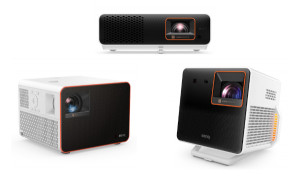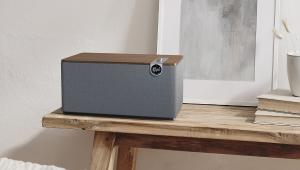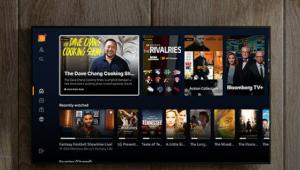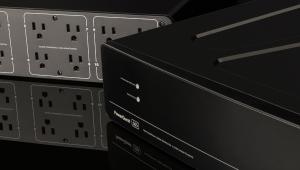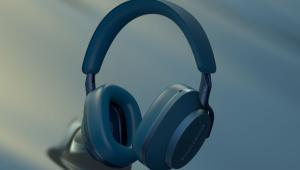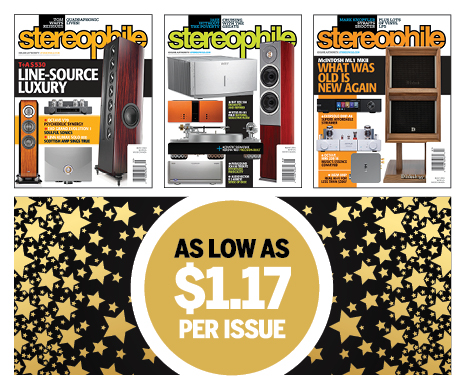Samsung SP-A900B Page 3

TEST BENCH
Color temperature (Movie 1 mode before/User 1 mode after calibration): 10-IRE: 6,649 K/6,746 K 20-IRE: 6,744 K/6,648 K 30-IRE: 6,637 K/6,388 K 40-IRE: 6,723 K/6,315 K 50-IRE: 6,641 K/6,362 K 60-IRE: 6,664 K/6,317 K 70-IRE: 6,657 K/6,351 K 80-IRE: 6,618 K/6,336 K 90-IRE: 6,630 K/6,321 K 100-IRE: 6,675 K/6,366 K
Brightness (100-IRE full field): 27.7/17.3 ftL Primary Color Point Accuracy vs. SMPTE HD Standard
| Color | Target X | Measured X | Target Y | Measured Y |
| Red | 0.64 | 0.64 | 0.33 | 0.33 |
| Green | 0.30 | 0.30 | 0.60 | 0.60 |
| Blue | 0.15 | 0.15 | 0.06 | 0.07 |
The SP-A900B's Movie 1 mode delivered the best picture of all its factory presets; there's also a Movie 2 mode, but it measures in the 5,500-K range. Grayscale tracking before calibration averaged 6,664 K from 10 to 100 IRE, with a 244° maximum deviation from the 6,500-K standard. This is close enough to ideal that grayscale calibration wouldn't be worthwhile, at least not on the neutral white 1.0-gain screen I used. I wasn't able to achieve significantly better results by calibrating the projector in the User 1 mode (employing the SP-A900B's service menu); the temperature averaged 6,415 K (6,500 K being ideal), and maximum error was 246 degrees.
Color decoder tests through the HDMI and component-video inputs revealed no errors. Right out of the box, the projector's red, green, and blue primary color points were close to the SMPTE HD specification for digital TV colors; after calibration, they were essentially perfect.
The SP-A900B's iris can be set to DynamicBlack (auto) or manual mode, in which it is adjustable in steps from 0 (full open) to 100. I noticed no pumping or flickering artifacts when using DynamicBlack. After calibration, I was able to get a better-than-rated contrast ratio of 13,730:1 with DynamicBlack activated. However, I preferred the more consistently darker blacks (and tamer whites) that I got by setting the manual iris to 75. Set up this way, the projector delivered a contrast ratio of 5,492:1, which is pretty good performance for a projector with its auto iris deactivated. Maximum output was 27.7 ftL with a 100-IRE signal and DynamicBlack activated, dropping to 17.3 ftL after calibration and stopping down the manual iris.
I made all of these measurements at the Theater lamp brightness setting. The Bright setting produced far more light than I could use in my darkened home theater, although it would surely benefit those who don't have good light control or who have a screen measuring, say, 12 feet wide.
The projector offers extensive gamma adjustment: Film, Video, Graphics, and Standard modes, each of which lets you select one of 15 gamma curve presets and offset the curve as much as five steps in either direction. This means you have great flexibility in adjusting how the shadows, highlights, and midtones look. I used the Film setting for most of my viewing, tweaked slightly to give me a bit more shadow detail.
With overscan switched off, overscan measured 0% on all sides. With overscan on, it measured 3%. Brightness and color uniformity were outstanding when I displayed black, gray, and white fields; I noticed no color or brightness shifts at all. A crosshatch pattern showed no convergence error.
The SP-A900B displayed 1080i/p and 720p test patterns with full resolution on both the HDMI and component-video connections. The picture looked extremely detailed with the sharpness turned all the way down, which prevented ringing and unnatural halos from appearing around object edges. The projector's digital noise reduction processing worked superbly, providing a modest amount of noise reduction while preserving the projector's superb detail; I found I could leave the NR on all the time.
The projector performed well on every test from the DVD and Blu-ray versions of the Silicon Optix HQV Benchmark disc. Particularly impressive was the performance on the "jaggies" tests - I could see no jagged edges on HQV Benchmark's rotating bar, and the waving flag shot on the DVD version looked smoother than I'd ever seen it before. The 2:3 pulldown test on the same disc looked great, as the projector picked up the cadence of film-based 480i material so fast I could barely perceive it.
Fan noise is fairly low; it's not whisper-quiet, as a couple of its competitors are, but this never bothered me.
- Log in or register to post comments



